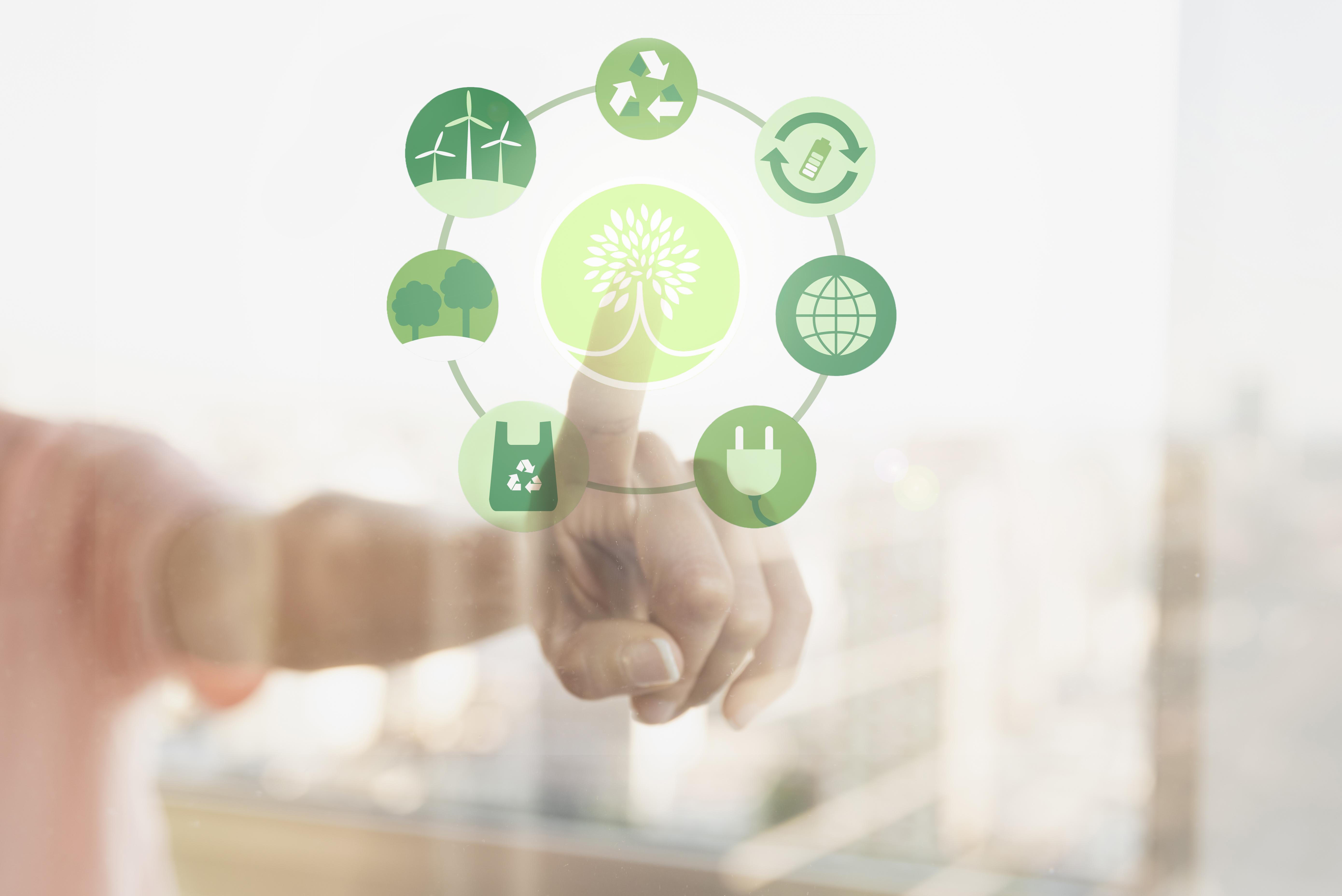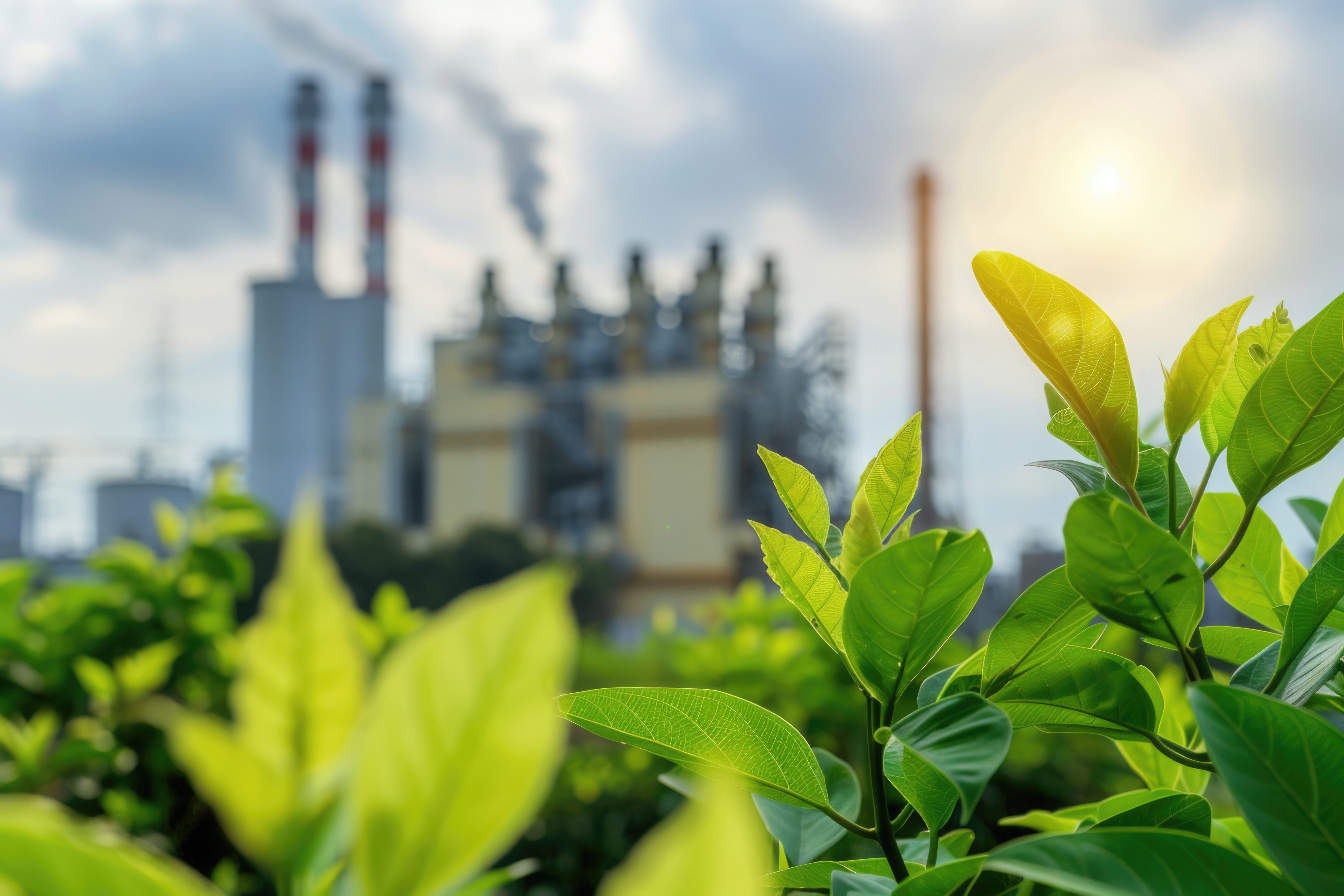Climate change is one of the most pressing challenges facing humanity in the 21st century. Its impacts extend across various sectors, including the water environment and water quality. One crucial tool used to address the impacts of climate change on water quality is the Continuous Effluent Quality Monitoring System (Sparing). Sparing can help confront the challenges of climate change and protect increasingly valuable water resources. Climate change has various effects on the water cycle and water quality. Rising global temperatures, changing rainfall patterns, and extreme weather can influence the flow of rivers, lakes, and water sources. As a result, water quality can change significantly. Climate change can also trigger floods and droughts that impact wastewater and drinking water quality.
The Role of Sparing in Water Quality Monitoring
Sparing, or Continuous Effluent Quality Monitoring System, is a system used to continuously and in real-time monitor the wastewater quality produced by various industries. Sparing is a highly effective tool for monitoring water quality in the context of climate change. Here are some key roles of Sparing in addressing the impacts of climate change:
- Real-Time Monitoring: Sparing allows real-time monitoring of water quality. This is crucial for detecting sudden changes in water quality that may occur due to climate change.
- Early Detection of Pollution: Sparing can detect early pollution that may occur during extreme weather changes or floods. The data obtained can help take swift action to protect water sources.
- Monitoring Heat Impacts: Sparing can help monitor the impacts of climate change, such as increased water temperature. Rising water temperatures can affect water quality by influencing dissolved oxygen levels and aquatic life.
- Drinking Water Quality Monitoring: Sparing is also used to monitor drinking water quality. In changing climate conditions, monitoring drinking water quality is crucial to ensure the availability of safe drinking water.
Utilizing Sparing
- Using Sparing to Address Climate Change
For example, a large mine located in a flood-prone area due to climate change uses Sparing to monitor wastewater quality during floods. Data obtained from Sparing enables the company to take quick actions, such as halting wastewater discharge during floods, to protect the environment. - Sparing and Water Management in the Era of Climate Change
The impact of climate change on water resources is evident. Increased global temperatures affect water temperature, unstable rainfall patterns lead to more frequent droughts and floods, and climate change causes shifts in rain and drought distribution. All of these directly impact water quality and the availability of water resources. Water quality is a crucial parameter in maintaining environmental sustainability and human health. Therefore, water quality monitoring is a key element in efforts to preserve and restore aquatic ecosystems. This is where the role of Sparing becomes crucial. - Real-Time Monitoring and Early Detection
One of the main advantages of Sparing is its ability to monitor water quality in real-time. With advanced sensor technology, Sparing can continuously measure water quality parameters such as temperature, pH, dissolved oxygen, conductivity, and other related parameters. This allows early detection of significant changes in water conditions. During extreme weather periods such as floods or droughts, Sparing can detect sudden changes in water quality that may indicate pollution or disruptions to the aquatic ecosystem. Real-time monitoring enables swift action to protect water sources and reduce environmental impacts. - Monitoring Heat Impacts
The increased temperature of water is a significant impact of climate change. Warmer water can reduce dissolved oxygen levels in the water, posing a threat to aquatic organisms. With Sparing, water temperature can be continuously monitored, and this data can be used to understand the heat’s impact on aquatic ecosystems. For example, if a significant increase in water temperature in a river or lake gets detected, steps can be taken to protect aquatic biodiversity, such as releasing fish or adding additional aeration to ensure sufficient dissolved oxygen levels. - Sparing to Address Floods
As a real-world example, let’s look at how Sparing is used to address floods caused by climate change. Floods often bring a lot of pollution, such as domestic waste, industrial waste, and hazardous chemicals into the water. This can cause serious water pollution and threaten river ecosystems. In flood scenarios, Sparing can detect sudden changes in the quality of wastewater entering water channels. This data is sent in real-time to a monitoring center or control center. When significant changes in water quality parameters are detected, companies or environmental authorities can take immediate action. For example, if Sparing detects an increase in the concentration of harmful substances in wastewater during a flood, the company can stop wastewater discharge or divert it to emergency storage. This helps prevent river water pollution and protects the environment and the communities relying on these water sources. - Long-Term Monitoring
Climate change also has long-term impacts on water resources. Sparing is not only useful for real-time monitoring but also for long-term monitoring. Data collected over several years can be used to understand water quality trends and the impacts of climate change on aquatic ecosystems. For example, using data from Sparing monitoring over several years, researchers and water resource managers can identify long-term changes such as a decrease in dissolved oxygen levels associated with an increase in water temperature. This information can be used to develop more effective protection strategies in the face of ongoing climate change.
With wise implementation, Sparing can help preserve water resources for future generations. Amidst the increasingly complex changes in climate, investing in water quality monitoring with Sparing is a proactive step in protecting water ecosystems and human health. Through collaboration between companies, governments, and communities, we can maintain clean water quality and preserve environmental sustainability in the era of climate change.
For more information about consulting services and the Coal Mining Sector, you can read our article here. If you and your company need further information regarding our services, please contact and consult with us here.






